The Yakuza is a complex and powerful Japanese criminal organization. Sometimes called the “Japanese Mafia,” Yakuza members are famous for their distinctive tattoos and code of conduct. While still one of the world’s wealthiest crime syndicates, their membership numbers have declined for years.
Few criminal groups achieve the international infamy that the Yakuza possess. Thanks to their unique and mysterious style, they feature prominently in Japanese art and media.
Their secretive rituals, such as yubitsume (“finger shortening”), are the stuff of legend worldwide.
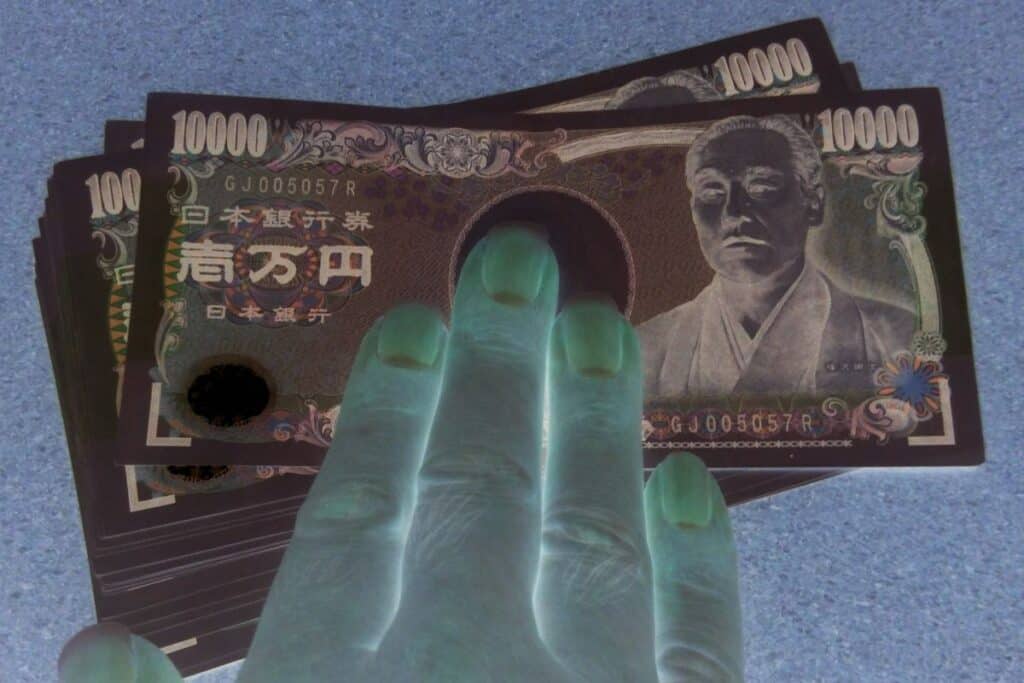
Overview of the Yakuza
The Yakuza have long been the most prevalent criminal organization in Japan. They engage in extortion, prostitution, trafficking, violent crimes, and (more recently) white-collar schemes.
In 1995, the Yamaguchi-gumi Yakuza (the largest Yakuza “family”) provided significant disaster relief following the Kobe earthquake. Additionally, many stories and legends tell of Yakuza helping and protecting everyday people.
This reputation is partially due to their famous code of conduct. The rules include not stealing from everyday people and acting chivalrously. Yakuza who break these tenants are subject to severe punishment from their fellow members.
The organization and structure of the Yakuza are often compared to a fiefdom. It consists of multiple syndicates working together, each with its own specialties and hierarchies.
Today, the Yakuza is not as sprawling and influential as it once was. However, they remain a prominent part of Japanese urban culture. And many associate them with being a refuge for the outcasts and outsiders of Japanese society.
Origins of the Yakuza
The beginnings of the Yakuza remain shrouded in mystery. However, it’s believed they started forming during the Edo period in the 1800s.
Gamblers and loan sharks, known as bakuto, began forming small gangs during this time. And to protect their assets and reclaim debts, they often hired men in the form of ronin (masterless samurai).
Eventually, these small gangs burgeoned into sprawling criminal enterprises. As the years rolled on, they expanded into other sectors such as prostitution, trafficking, and arms dealing.
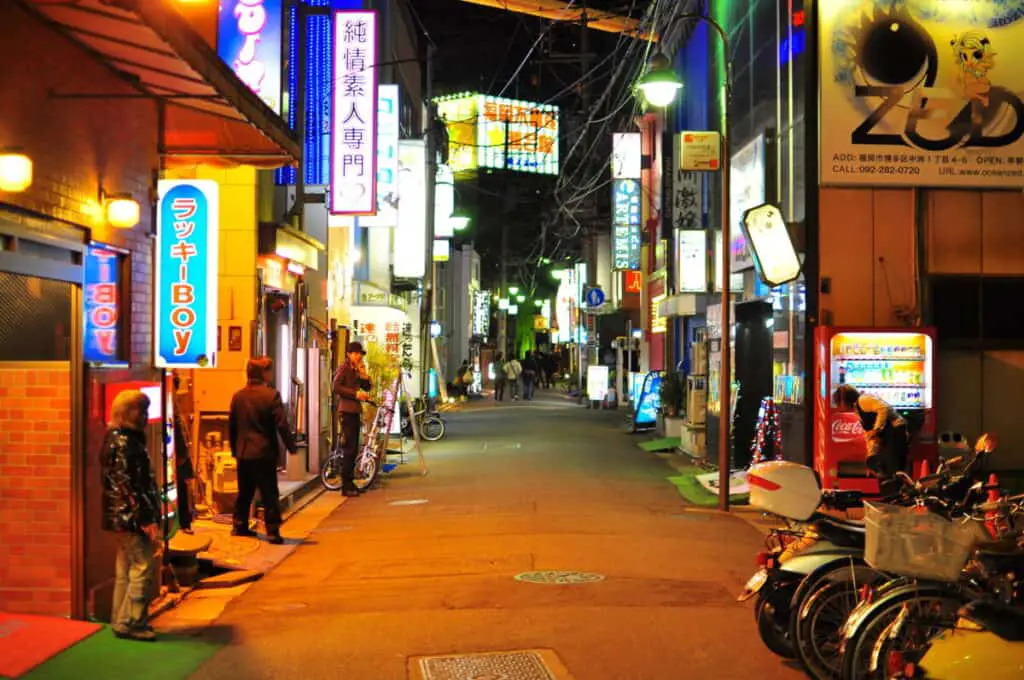
The organization hit its prime around the 1960s, numbering around 200,000. During that time, they operated internationally and had a firm grip on Japanese media.
As a result of their prevalence in and control of media, their image began improving as well. Instead of being lecherous villains, they came to be viewed as a necessary evil.
The Yakuza has even been the subject of international praise by some in the past. They provided life-saving disaster relief following numerous natural disasters, like the Great Hanshin earthquake in 2011.
The Yakuza Today
Today, the Yakuza are a shell of their former selves.
In 2020, estimates placed their total number of members around 26,000. A massive decrease from being 70,000+ strong in 2010.
While it isn’t illegal to be a Yakuza, Japan’s criminal justice system is notoriously strict. And the advent of new surveillance technologies means it’s harder to get away with crimes than ever before.
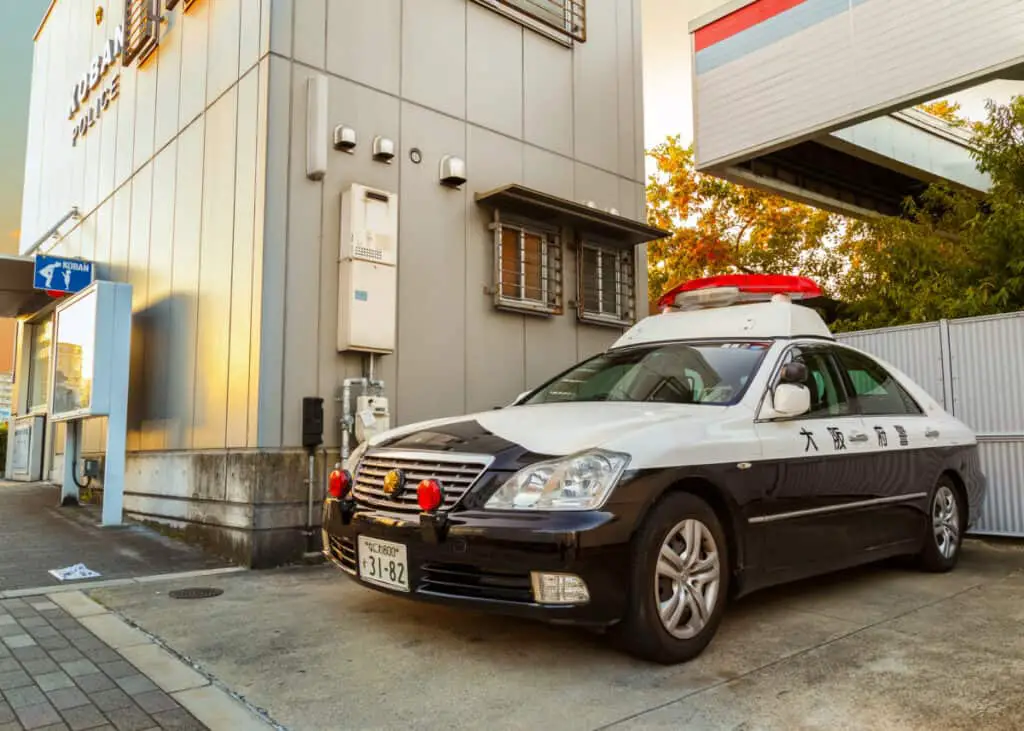
However, the Yakuza and their criminal enterprises remain strong in some aspects.
The largest Yakuza syndicate today is the Yamaguchi-gumi, based out of Kobe. They currently number around 8,000 and focus primarily on gambling, trafficking, and the sex industry.
Despite their gradual decline, many members of the Yamaguchi-gumi still rank among the world’s wealthiest gangsters.
Yakuza today are also surprisingly open about their affiliation. It’s common to see members at Japanese festivals showing their patriotism. Especially during the Sanja Matsuri in Tokyo, where they publicly expose their tattoos for all to see.
Not to mention the syndicate maintains a prevalence in Japanese culture. And while depicted as criminals, they’re often shown more as honorable gangsters than ignorant thugs.
Yakuza in Japanese Culture
Worldwide, the Yakuza are synonymous with crime in Japan. They’ve featured in Japanese media as well as depictions of Japan from other cultures.
Despite their fearsome and dark reputation, the Japanese view of the Yakuza isn’t seen by some as entirely negative.
In some situations, citizens even see them as chivalrous and principled. Many shows and movies depict the Yakuza as helping people in need as Robin Hood-like figures.
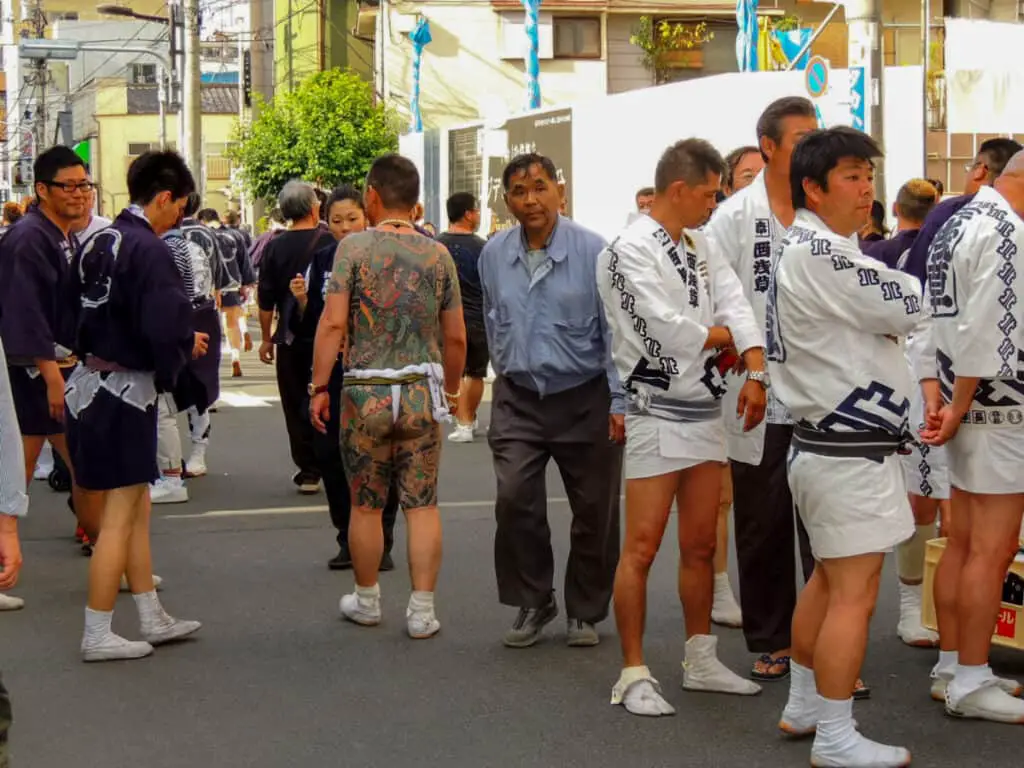
Crime dramas featuring them remain popular in Japan. And Yakuza are often an integral part of anime and manga as well.
Furthermore, tattoo artists around the world try emulating Yakuza irezumi. However, actual Yakuza members typically receive the tattoos as part of a special ceremony.
Yakuza Hierarchy
The Yakuza follows a strict hierarchy within their syndicates.
There’s some variation between groups, but it generally goes as follow:
- Oyabun (“boss” or “leader”) – This is the highest-ranking member of a Yakuza organization. They’re sometimes seen as parental figures, guiding their underlings and receiving unconditional loyalty.
- Wakagashira (“right-hand man”) – The next highest-ranking syndicate member.
- Shateigashira (“regional bosses”) – Often runs their own gangs under their oyabun’s guidance.
- Kyodai (“big brothers”) – Street bosses and gangsters that answer to a shateigashira.
- Shatei (“little brothers”) – The lowest ranking and newest gang members.
Additionally, an oyabun has a saiko-komon who serves as a senior advisor.
The saiko-komon generally runs the enterprise’s front-facing “white collar” aspects. This usually includes directing their own underlings called shingiin (law advisors) and kaikei (accountants).
Yakuza Rituals and Tattoos
Many people are fascinated by the rituals and aesthetics of the Yakuza.
One particularly well-known practice is yubitsume, also known as “finger-shortening.”
Like the moniker suggests, this is a ritual where a yakuza cuts off a piece of their finger. Generally, it’s done to atone for a grave offense or repay a debt.
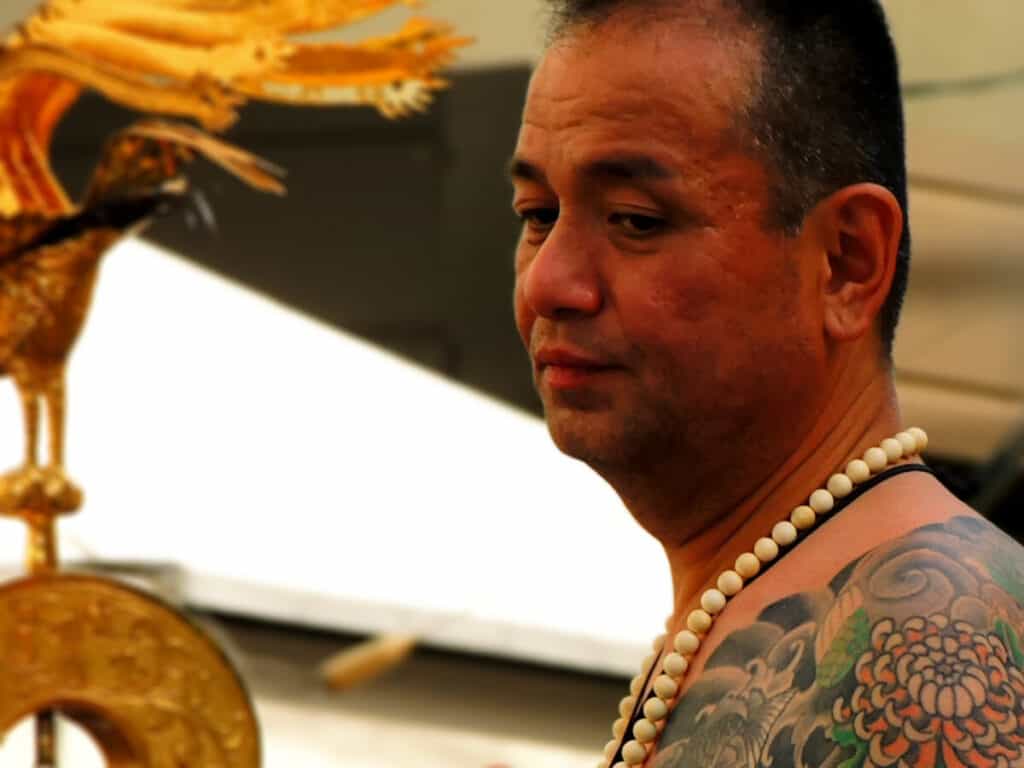
A yakuza member will start by chopping off the end of their left pinky with a tantō blade. But if they continue making mistakes, they may eventually chop off their whole finger. Or need to use other ones.
Yakuza are also famous for their ornate and stunning full-body tattoos, called irezumi. These tattoos often feature beautiful Japanese imagery, such as koi, dragons, and samurai.
Ordinarily, a member gets their tattoo as part of their official initiation into a syndicate. Yakuza custom also sometimes dictates that members get their tattoos in the traditional tebori method.
Tebori is an old Japanese style of tattooing done by hand and is known for being slow and painful. So, in addition to looking impressive, irezumi are also proof of fortitude.










